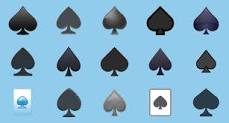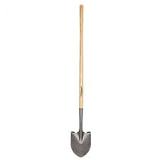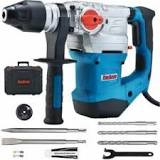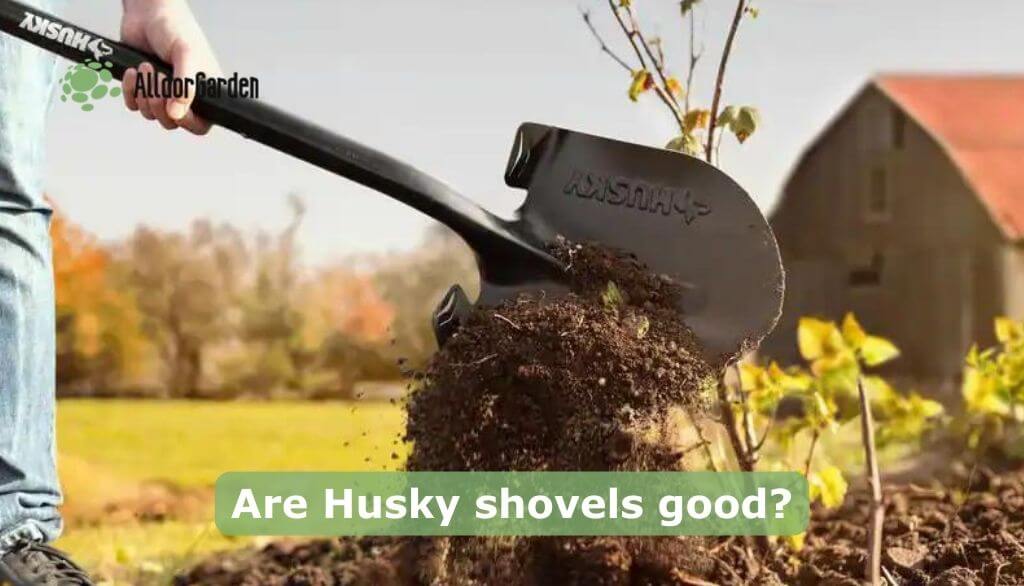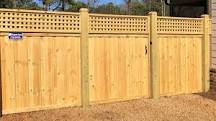Digging a trench with a pressure washer might sound a bit unconventional, but it’s totally doable! You can effectively use a pressure washer to carve out a trench by directing high-pressure water at the soil, which helps to loosen and wash away dirt. This method is especially handy for small projects or when you want to avoid the hassle of traditional digging tools. Let’s dive into how you can get this done.
Why Use a Pressure Washer?
Using a pressure washer for trenching has its perks:
Speedy Work
Pressure washers can cut through dirt much faster than shovels or picks. If you’re in a hurry, this is definitely the way to go.
Less Physical Strain
Let’s be real—digging can be back-breaking work. A pressure washer does most of the heavy lifting for you.
Precision
You can control where the water goes, which means you can create cleaner lines and avoid unnecessary digging.
Getting Started
Before you jump in, here’s what you’ll need:
Equipment
- Pressure Washer: A gas-powered unit is usually more powerful, but electric ones can work too.
- Nozzle: A narrow nozzle will help focus the pressure on a smaller area.
- Safety Gear: Always wear goggles and boots to protect yourself from flying debris.
Preparation
- Mark Your Trench: Use stakes and string to outline where you want your trench.
- Clear the Area: Remove any debris or obstacles that might get in your way.
The Digging Process
Now that you’re set up, let’s get into the nitty-gritty of trench digging:
Step 1: Start at One End
Position your pressure washer at one end of your marked trench. Aim the nozzle directly at the ground and turn it on.
Step 2: Work in Sections
Move the nozzle back and forth in a sweeping motion. You don’t want to stay in one spot too long—this could create holes instead of trenches.
Step 3: Clear Away Dirt
As the water loosens the soil, use a shovel or even your hands to remove the dirt from the trench. This will help keep things moving along.
Step 4: Repeat
Continue working your way down the trench until you reach your desired depth. Don’t forget to check your progress regularly!
Wrapping It Up
Digging a trench with a pressure washer is not only possible but also pretty efficient! It’s a unique method that saves time and energy while giving you precise results. Just remember to take safety precautions and work methodically for the best outcome.
FAQ
Can I use any pressure washer for this task?
While most pressure washers can do the job, it’s best to use one with at least 2000 PSI for effective soil removal. Gas-powered models usually pack more punch than electric ones.
What type of soil works best?
Loamy or sandy soils are easier to work with when using a pressure washer. Clay soils can be more challenging, as they tend to hold together better.
Is this method environmentally friendly?
Using water to dig is generally eco-friendly compared to chemical methods. However, be mindful of where you’re directing runoff water, as it can erode nearby areas.
How deep can I dig with this method?
You can typically dig trenches up to about 12 inches deep with a pressure washer, depending on soil type and water pressure.
So there you have it! Grab your pressure washer and get digging!

